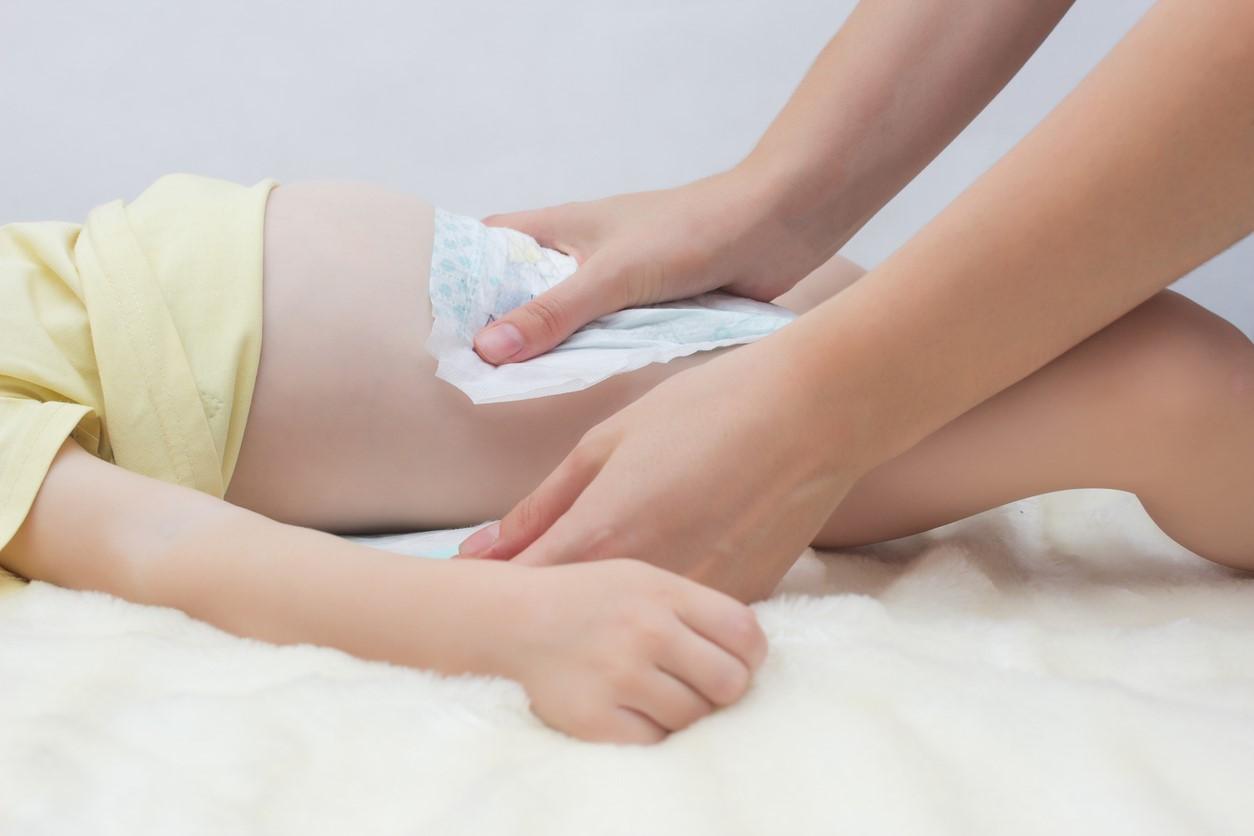The results of a randomized clinical trial indicate that continuous antibiotic prophylaxis (prevention) significantly reduced the incidence of urinary tract infection (UTI) in over 2 years infants with backwards urine flow, researchers reported today in the New England Journal of Medicine.
But the trial investigators conclude that the findings are of "doubtful clinical benefit" given the limited impact observed on new kidney scarring and, when weighed against the impact on antibiotic resistance patterns, don't support the use of continuous antibiotic prophylaxis in this population.
Questionable benefits, concerns about resistance
For the randomized, open-label trial, conducted at 39 European hospitals, investigators randomly assigned infants aged 1 to 5 months with grade III, IV, or V vesicoureteral reflux and no previous UTIs to receive continuous antibiotic prophylaxis or no treatment for 24 months.
The primary outcome was the occurrence of the first UTI during the trial period. Secondary outcomes included new kidney scarring and the estimated glomerular filtration rate (GFR), a measurement that shows how well the kidneys are working.
Vesicoureteral reflux is a condition in which urine flows backward from the bladder to one or both ureters and sometimes to the kidneys, where it can cause an infection. Diagnosed in roughly 1 in 100 infants, it doesn't always require treatment, particularly in mild cases, and most children outgrow it. But in more severe cases (grades III, IV, and V), it can cause repeated UTIs and kidney scarring.
The investigators note that while continuous antibiotic prophylaxis in infants with grade III, IV, or V vesicoureteral reflux to prevent UTIs and kidney scarring is routine, the practice is controversial because the benefits are unclear. A previous trial found that continuous antibiotic prophylaxis was effective in preventing recurrent UTIs in children with the condition but had no apparent effect on kidney scarring. There's also concern about the potential adverse effects of continuous antibiotic prophylaxis.
"The use of continuous antibiotic prophylaxis in infants must be weighed against the potential emergence of multidrug-resistant isolates and adverse effects on gut microbiota," they wrote. "Both are important public health issues."
From October 2013 through January 2020, 867 infants were screened for the trial and 292 (77.7% boys, median age 3.4 months) underwent randomization, with 146 assigned to each group. Amoxicillin-clavulanate was the most commonly used antibiotic (49.3% of participants) in the prophylaxis group, followed by trimethoprim-sulfamethoxazole (24%), nitrofurantoin (16.4%), and cefixime (10.3%).
In the intention-to-treat analysis, 31 infants (21.2%) in the prophylaxis group developed a first UTI, compared with 52 (35.6%) in the untreated group (hazard ratio, 0.55; 95% confidence interval [CI], 0.35 to 0.86). The number needed to treat for 2 years to prevent one UTI was 7 infants.
But the incidence of new kidney scarring (21 infants in the prophylaxis group vs 17 in the untreated group; rate ratio, 1.22; 95%CI, 0.69 to 2.18) and the GFR (112.3 milliliters per minute vs 109.5 ml) was similar in the two groups at 24 months. The percentage of symptomatic UTIs that resulted in hospitalization was also similar in the two groups (27% in the prophylaxis group vs 30% in the untreated group).
The increased resistance of bacterial isolates to antibiotics in the prophylaxis group....should not be underestimated, in light of the major health concerns associated with the emergence of multidrug-resistant bacteria.
In addition, analysis of UTI isolates from both groups found that resistance to at least two first-line antibiotics was significantly higher in the prophylaxis group (52%) compared with the untreated group (17%), and that all Pseudomonas infections and an increased percentage of non-Escherichia coli isolates were found in the prophylaxis group.
"The increased resistance of bacterial isolates to antibiotics in the prophylaxis group probably reflects the selection of resistant strains," the investigators wrote. "This occurrence should not be underestimated, in light of the major health concerns associated with the emergence of multidrug-resistant bacteria."
The investigators also note that a UTI did not occur in 64.4% of the untreated participants, and that subgroup analysis found the benefit of reduced UTI occurrence was mainly observed in the 53 girls with grade IV or V reflux.
"For these reasons, we believe that the routine use of continuous antibiotic prophylaxis is not justified and should be considered only in female patients with grade IV or V vesicoureteral reflux or to prevent reinfections that may occur after a first UTI," they wrote.
Guidelines urge selective approach
In an editorial that accompanies the study, pediatric nephrologist Tej Mattoo, MD, of Wayne State University, says that while the trial adds valuable data to the existing literature on the topic, several professional societies, like the American Urological Association and the European Association of Urology–European Society for Pediatric Urology, have already moved on.
The guidelines from these societies and others, he notes, recommend a more selective approach for using continuous antibiotic prophylaxis for infants with vesicoureteral reflex. Their recommendations are based on a combination of factors, including patient age and sex, the severity of the condition, the presence of renal scarring, and parental choice.
"Thus, the key takeaway message from this and other trials is that continuous antibiotic prophylaxis should be used judiciously," he wrote.






















